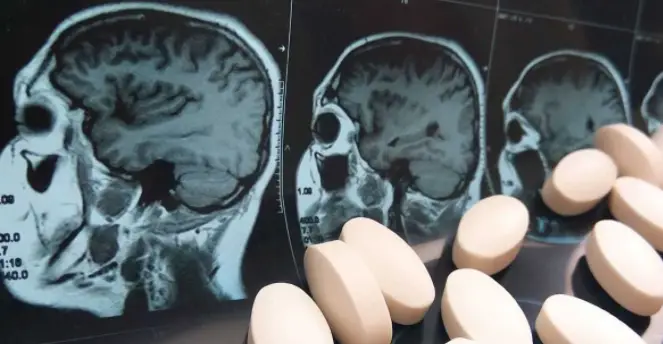If you suffer from dyslipidemia, have high cholesterol or triglycerides, you must have taken medications such as statins. They are the most commonly prescribed drugs worldwide. Statins are a therapeutic class of drugs and are also prescribed to prevent cardiovascular disease. 6 generic statins and its combined fixed formulations are available in the wide range of the pharmaceutical market. Hence the need to include drug-specific factors in the overall process of proper drug selection. However, the introduction of statins into a patient’s treatment should be based on established benefits and potential risk factors associated with the therapy.
What are statins?
Statins are inhibitors of the enzyme hydroxymethyl coenzyme A reductase. Due to their structural similarity to the enzyme as well as the dipolipemic effect they manifest through complete inhibition of cholesterol synthesis. The therapeutic benefits of statins outweigh the risk of side effects.
What are statins used for?
The initial use of statins is to reduce the levels of low density lipoprotein (LDL) and cholesterol, ie they are sclerotic plaques that form in blood vessels. The effectiveness of statin therapy has been proven by solid scientific evidence. Great success has been shown in the effectiveness of statin therapy in the treatment of cardiovascular diseases that are still at an early stage, as well as in reducing the risk of myocardial infarction as well as some other cardiovascular diseases.
What are the most common side effects?
* From what we have as the most commonly reported reactions by patients, we can single out muscle pain. However, after examining all the available changes in the use of statins at the maximum recommended doses, it was reported that patients who develop muscle symptoms are no more than 1%.
* The use of statins has also been linked to an increased risk of developing diabetes, especially in people at risk. But according to research conducted on the absolute risk of being diagnosed with diabetes in patients receiving statins the risk is approximately 0.2%. In patients already diagnosed with diabetes, the mean increase in HbA1c is small.
*A small amount of scientific evidence indicates that there is a potential risk of peripheral neuropathy, liver damage, tendon rupture, neurological effects, cataracts, etc.
* Rhabdomyolysis is one of the more serious reactions that is not directly related to the use of statins, but additional complications can occur if this reaction occurs and statin therapy is received. One of the first signs of rhabdomyolysis is dark urine. Dark urine occurs as a result of muscle damage and the release of myoglobin, which in turn can lead to renal failure and the outcome can be fatal. If this reaction occurs in patients, they should immediately discontinue statin therapy and consult their GP immediately. It is important to note that the use of statins in combination with other hypolipemic drugs may increase the risk of rhabdomyolysis.
* In medicine, there is also a drug-drug interaction between statins and protease inhibitors that are actually antiviral drugs. Such antiviral drugs can increase the plasma concentrations of statins and thus increase the risk of muscle damage called myopathy.
What are the benefits of using statins?
Elevated levels of lipids and blood cholesterol as well as hyperglycemia are major culprits for the risk of cardiovascular problems such as myocardial infarction and heart failure. Statins significantly reduce the risk of developing cardiovascular problems and potentially provide appropriate therapy for patients suffering from diabetes.
The therapeutic benefits of statin use outweigh the adverse reactions based on studies performed and taking into account the overall patient population. Stain-related side effects occur at a significantly lower frequency, but for their use patients should first consult their GP or pharmacist. Also if any patient encounters any reaction to statin therapy they should seek the opinion of a family doctor or pharmacist.

